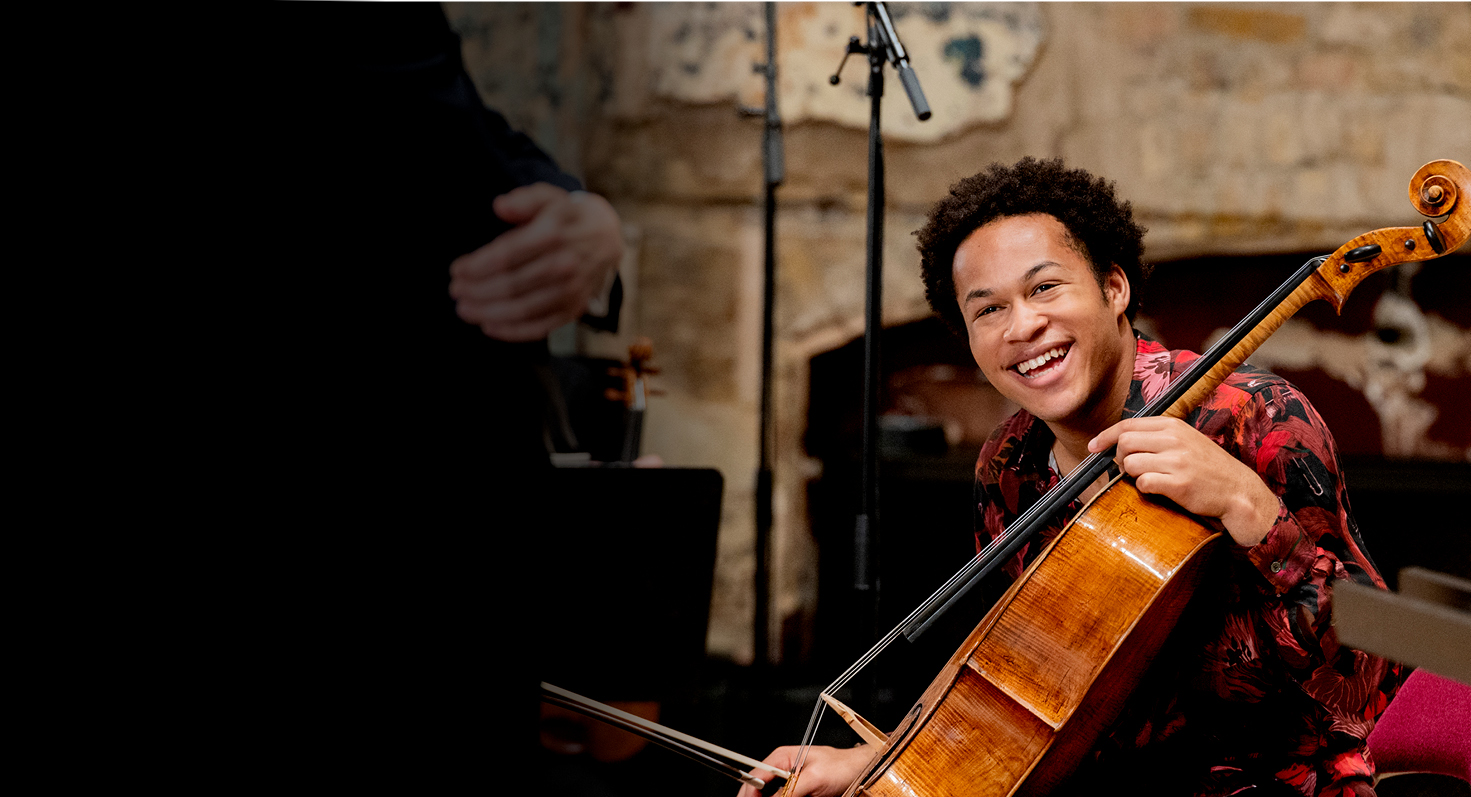Paavo Järvi on conducting Mahler 5
This afternoon we had hoped to perform Mahler’s Symphony No. 5 at the Royal Festival Hall under the baton of Paavo Järvi. While we are unable to perform it for you in person, here is some insight from Paavo about the piece itself and the demands of performing it.

When did you first conduct this piece, what is your journey with it?
Mahler 5 was the first symphony I ever conducted, I think I was in my late twenties with the Danish National Orchestra in Copenhagen, and I remember it being a totally overwhelming experience because this piece is something so extraordinary, I remember thinking ‘what a lucky person I am to have the opportunity to do this’. I hope there are no recordings of it! It probably wasn’t very good – but it opened an entirely new world to me. At that time I had never conducted anything quite as massive.
What do you hope the Philharmonia can bring to Mahler 5? What are your hopes for the concert?
PO is such a great orchestra, with a great Mahler tradition. For me it will be the first time we play this together, so it’s certainly something I am very much looking forward to. Very important for this piece is to have the individual artistry of each soloist in the orchestra, the most important are the horns. Because there are very involved solo horn parts for the orchestra in the symphony. This is the key: finding a way to utilise everybody’s talents. And there are so many great talented musicians in the PO, I am very much looking forward to this.
“Mahler 5 was the first symphony I ever conducted…I remember thinking ‘what a lucky person I am to have the opportunity to do this’.”
Why do you think the Adagietto speaks to so many people? Can you talk a little about this or any other standout moments in this work that speak to you?
Adagietto is a love letter to Alma. It’s incredibly romantic and touching and passionate. The interesting thing about is, because it has been used in Visconti film and other media, it’s become very famous and from an interpretive point of view, you know, if you listen to Bernstein for instance, it used to be played incredibly slowly and that’s totally valid and convincing. But now we know that it’s not so much a piece about human struggles and pain and suffering – the view on how it should be interpreted has changed slightly. At the end of the day all that matters is if its convincing and if it stands together in terms of the form and if the narrative is told in a convincing way so it used to be that people would come to the hall knowing the film and somehow relating to that, I think the younger audiences don’t know the Visconti and don’t necessarily link this piece to anything else, they take it at face value. So, a lot of these famous pieces (like Mozart Piano Concerto slow movement) they used to be connected to a certain audience of certain age, now I think this age has passed – most of the audience today don’t know the history of it. I don’t necessarily think they come with any expectation, they are just struck by how beautiful it is, and that is the power of this movement, it’s a love song for Alma.
“At the end of the day all that matters is if it stands together in terms of the form and if the narrative is told in a convincing way…”
What are the demands of the piece for a conductor?
This piece is always a challenge. It’s a long, very epic piece and the challenge is to make it sound like one organically evolving composition. Being so long and complicated, it can fall apart from the point of view of narrative, and to build the story from the beginning to the end is always difficult. I actually find it more difficult as I get older to really find a satisfying long line, a logical development.
Keep the Philharmonia Playing
We’re in this together. In times like these, we need your help more than ever to secure our future and stay digitally connected with our audiences around the world.


